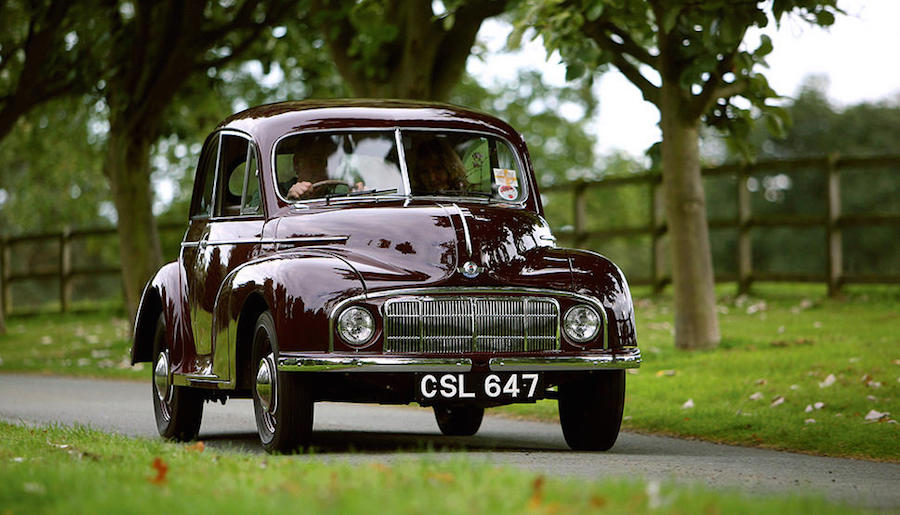
1948 – 1971
Morris Minor
The endearing and charming Morris Minor, unveiled in 1948 at Earls Court Motor Show in London, symbolized Britain’s post-war revival. Sporting precise steering and a lightweight design, the Iconic Minor marked a ‘new generation’ of small cars. In saloon, tourer, and van styles, the Minor became the first British motor car to achieve the milestone of one million sales, fostering a devoted owners’ community still thriving today.
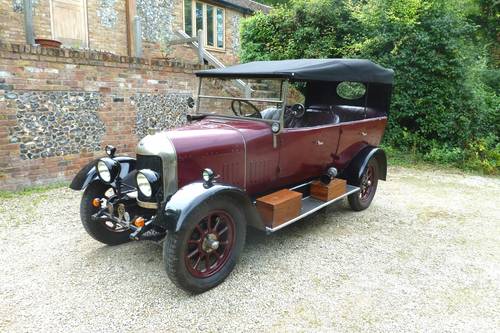
1913 – 1926
MORRIS OXFORD “BULLNOSE”
In 1913, William Morris introduced the Morris Oxford, fondly known as the “Bullnose”. A reliable, high quality and well-equipped vehicle tailored for the middle class, the Morris Oxford emerged as Morris’s inaugural motorcar. Assembled by Morris in his state-of-the-art Cowley factory, the car started life as a two-seater open tourer and evolved over three years on sale was also build as a commercial delivery van.
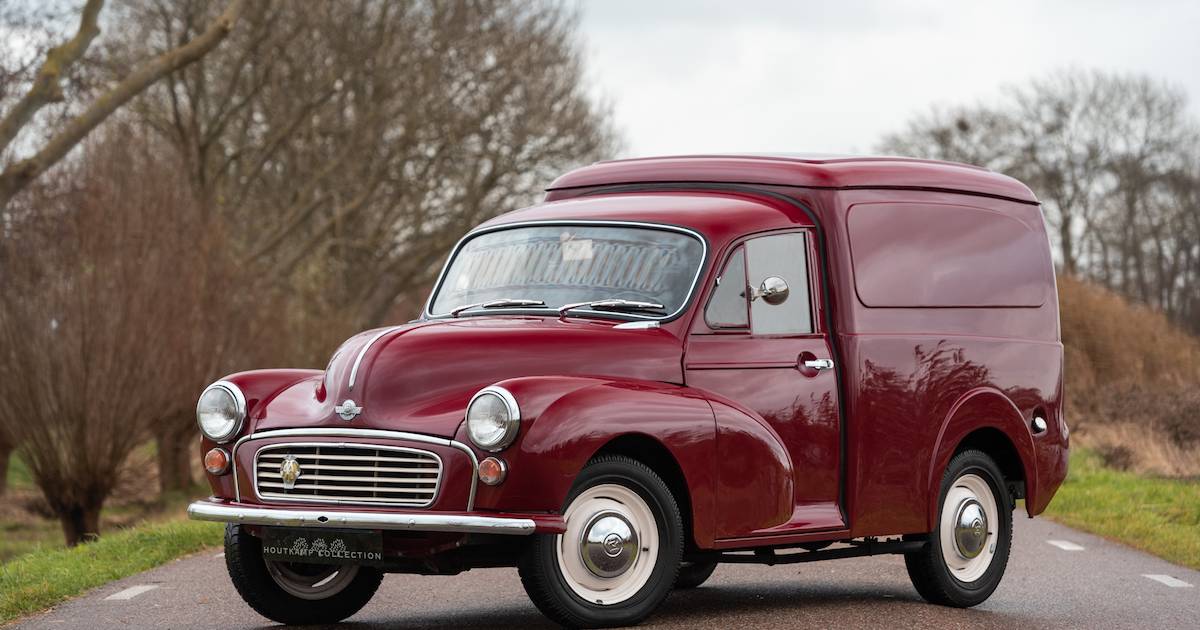
1952 – 1973
MORRIS Minor van
Following the success of the saloon and convertible variants of the Minor, Morris Motors introduced its estate, pick-up and van commercial vehicle derivatives in 1952. Built on a separate chassis frame and heavy-duty suspension to cope with heavier loads. The charming Morris Minor van became a hit with the Royal Mail, the AA and many other household names. A usable British classic, today this Morris van is used as a support vehicle at various historic motoring events and has featured as an eye-catching promotional vehicle for a range of businesses.
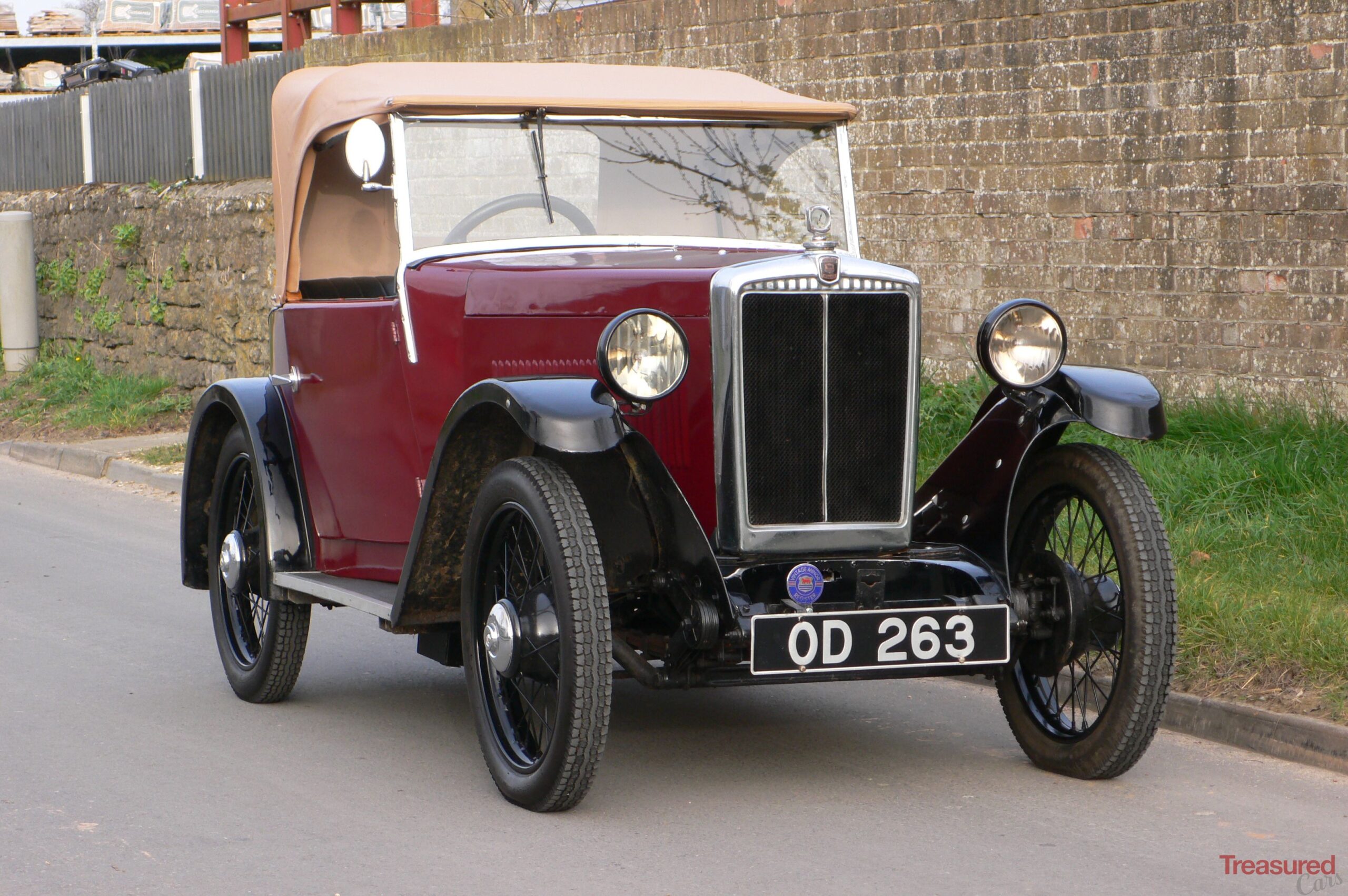
1935 – 1948
Morris Eight
Morris’s dominance in the 1930s began with the Morris “Eight”, a response to Ford’s Model Y. Available as a saloon, tourer, or the Series Z van, it surpassed 390,000 sales over 13 years. Operating through wartime, it played a vital role in military and export markets, solidifying Morris’s automotive empire.
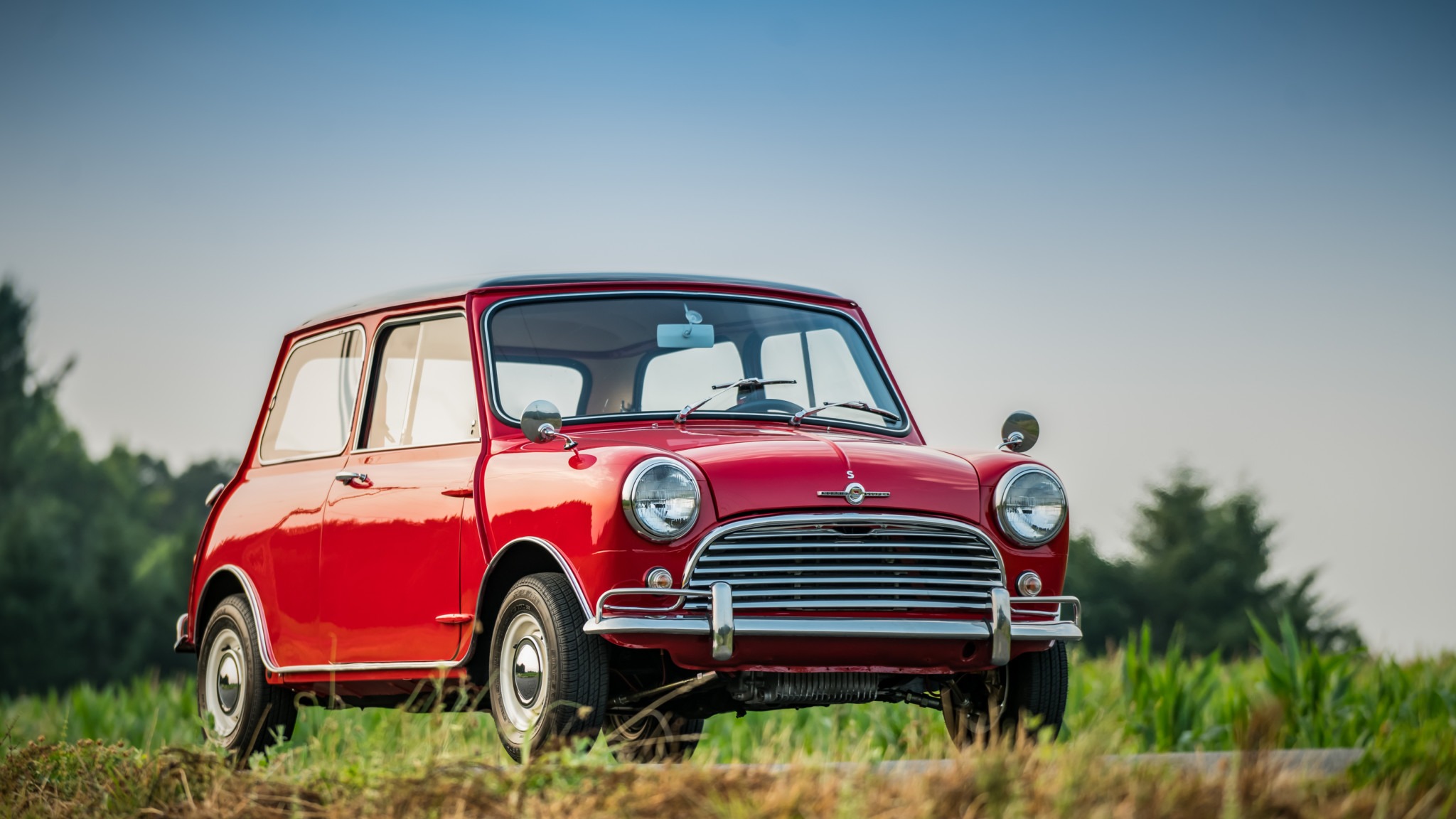
1959 – 2000
Morris Mini-Minor
In 1959, the revolutionary Morris “Mini-Minor” was launched to challenged fuel shortages in the UK and compete with the German ‘bubble’ cars. The brainchild of Alec Issigonis, who designed the Morris Minor, the pint sized yet spacious Mini became a global cult classic. With racing triumphs and cinematic fame, the Mini’s timeless charm transcends generations and borders, a ‘big’ little car and a truly classless car that retains its unique charm to this day
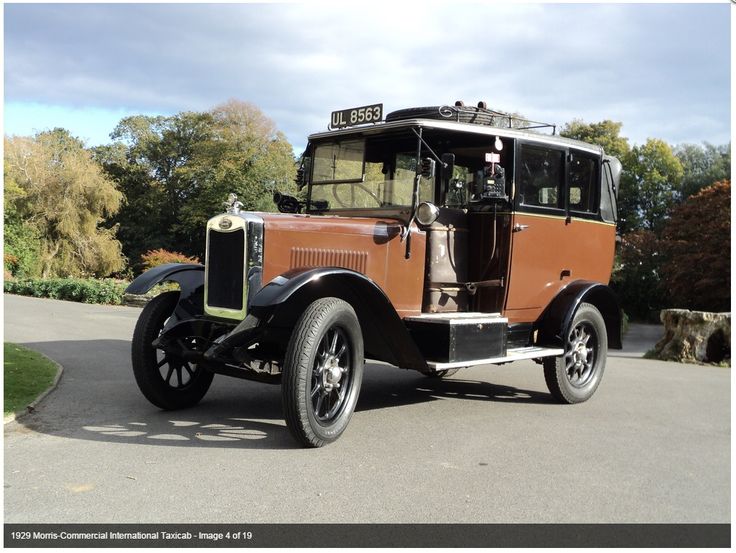
1929 – 1932
MORRIS COMMERCIAL TYPE-G
INTERNATIONAL TAXI-CAB
Responding swiftly to new Scotland Yard taxi regulations, Morris Commercial introduced the “Type-G International Taxi-Cab” in the late 1920s. Based on the Morris Empire Oxford platform, the Type-G boasted a unique 15.9hp four cylinder engine and was capable of 45 miles per hour. The front windscreen had one section removed, preventing the glass from misting up in the heavy London smog of the period. Approximately 840 served as iconic London taxis from 1929 to 1932.

1928 – 1934
MORRIS Minor
Launched in 1928, the 8hp “Morris Minor” targeted Austin’s popular 7hp Seven. Positioned in the ‘starter’ car market, the Minor was available as a fabric top saloon and four-seater tourer. Later came a two-seater Minor and a range of commercial vehicle derivatives including a 5-cwt panel van. Utilising a simple ladder chassis and a Wolseley-designed 847cc engine, it succeeded for six years before being superseded by the Morris Eight.
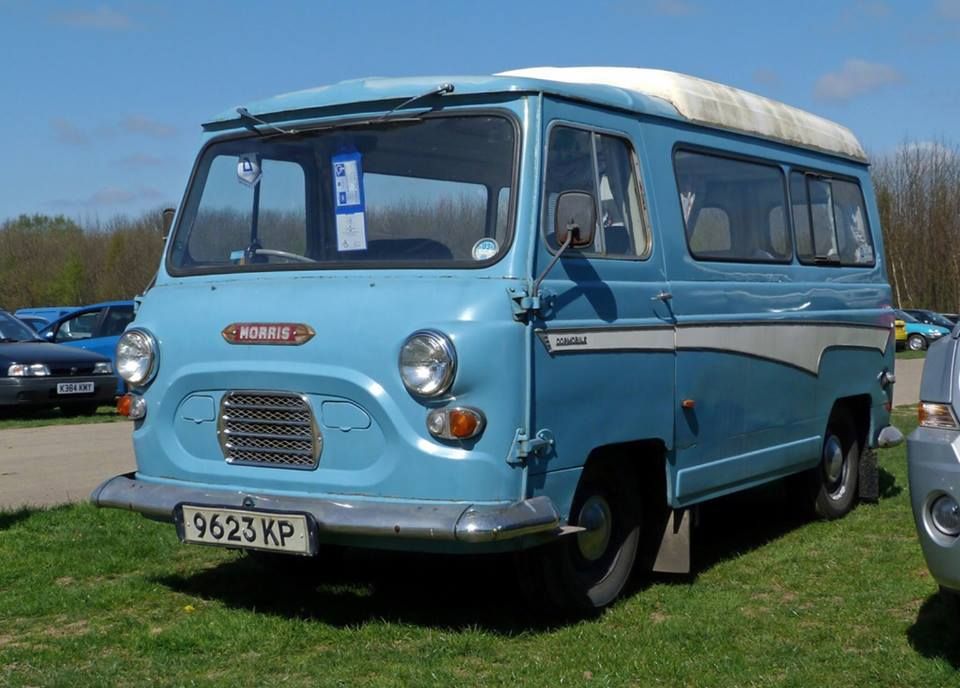
1960 – 1974
MORRIS J4
The Morris J4 was the successor to the highly successful Morris J-type. Launched in 1960, the J4 continued the principles that enabled its older sibling to be a world-wide hit; characterful styling, an ergonomic design and a generous choice of body styles and colours. Like its iconic predecessor, J, the J4 remains a fixture on busy British street, in service as boutique ice cream vans, food trucks and more. Its eye-catching appeal makes it an ideal business tool.
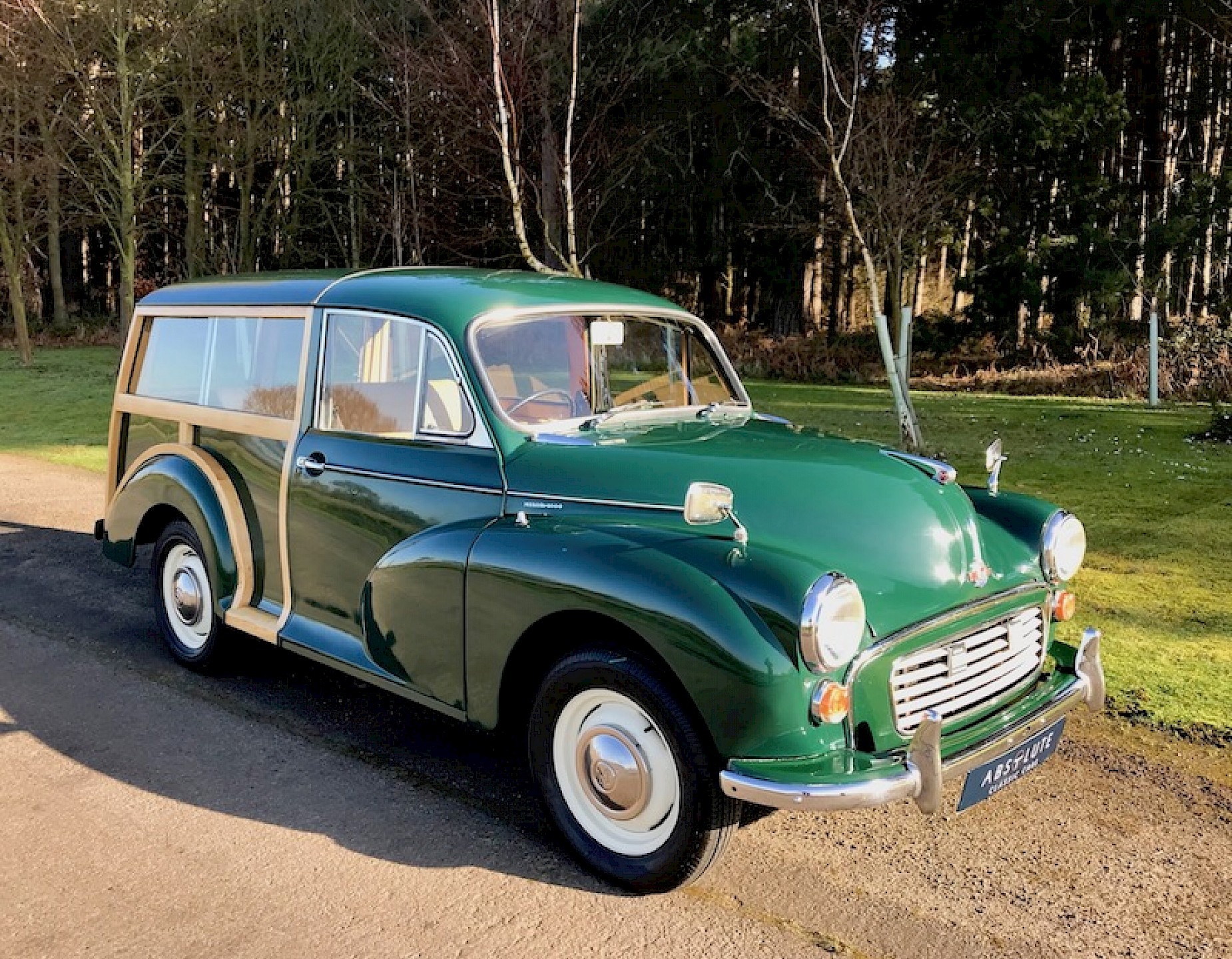
1952 – 1971
MORRIS MINOR TRAVELLER
Introduced in 1952, the “Morris Minor Traveller” became the most iconic Minor variant. With half-timbered rear bodywork, it combined style and utility. The beautifully presented Traveller was an astonishingly practical estate for all scenarios. A very popular model within the Minor range and sold until 1971, the Morris Minor Traveller became a collector’s piece valued for its unique charm, with many examples meticulously restored to a pristine condition.

